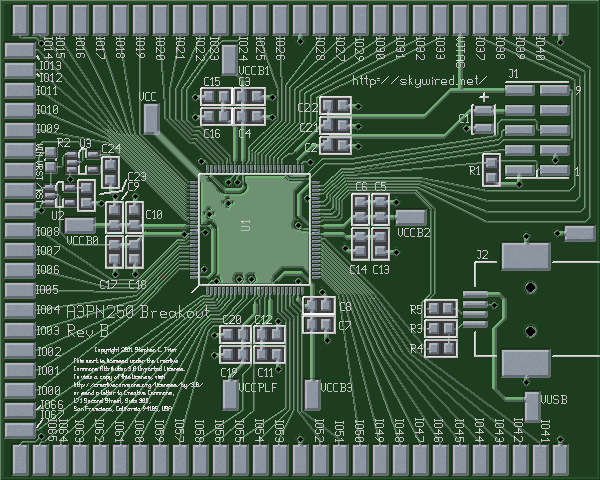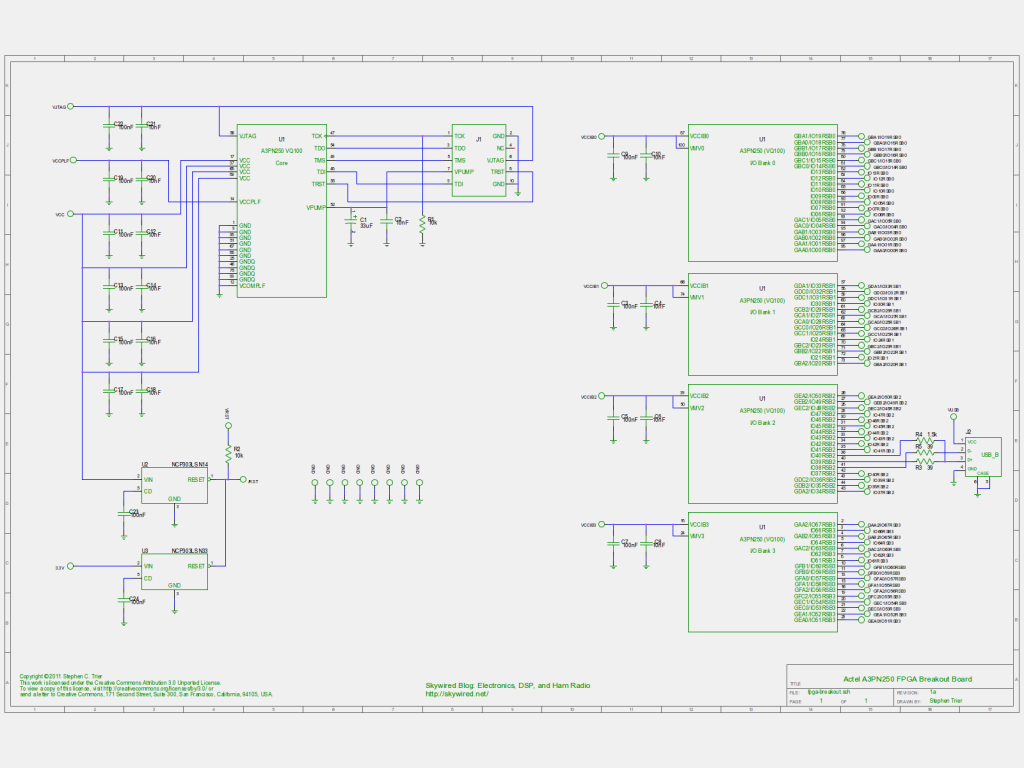Freescale has introduced a very nifty part, the MC13260 SoC Radio, where SoC is “System on a Chip”. Picture for a moment a complete transceiver on a chip, including an 100 MHz ARM processor, a programmable DSP modem, a frequency synthesizer, a transceiver, a USB interface, an audio CODEC (for the microphone and speaker), and miscellaneous support components, all on one chip.
The thing operates at RF frequencies from 60 to 960 MHz. It’s designed primarily for analog FM and certain digital modes, but with an external modulator it can support linear modes, presumably including SSB. Output is only 5 dBm, so the advertised “few external components” had better include an amplifier!
Though the chip is aimed at the military and commercial markets, hypothetically it could make the fine foundation for a fine amateur transceiver for any or all of the 2m, 1.25m, 70cm, or 33cm bands. Imagine an all-mode 2m, software defined radio HT with built-in data capabilities, for example. Integrated parts like this usually can’t achieve the performance of a discrete design, but the reduced part count would be worth the tradeoff.
What do you think? Would a transceiver based on a part like this be within the reach of a few dedicated homebrewers?
Freescale MC13260 data / article in Electronic Design


